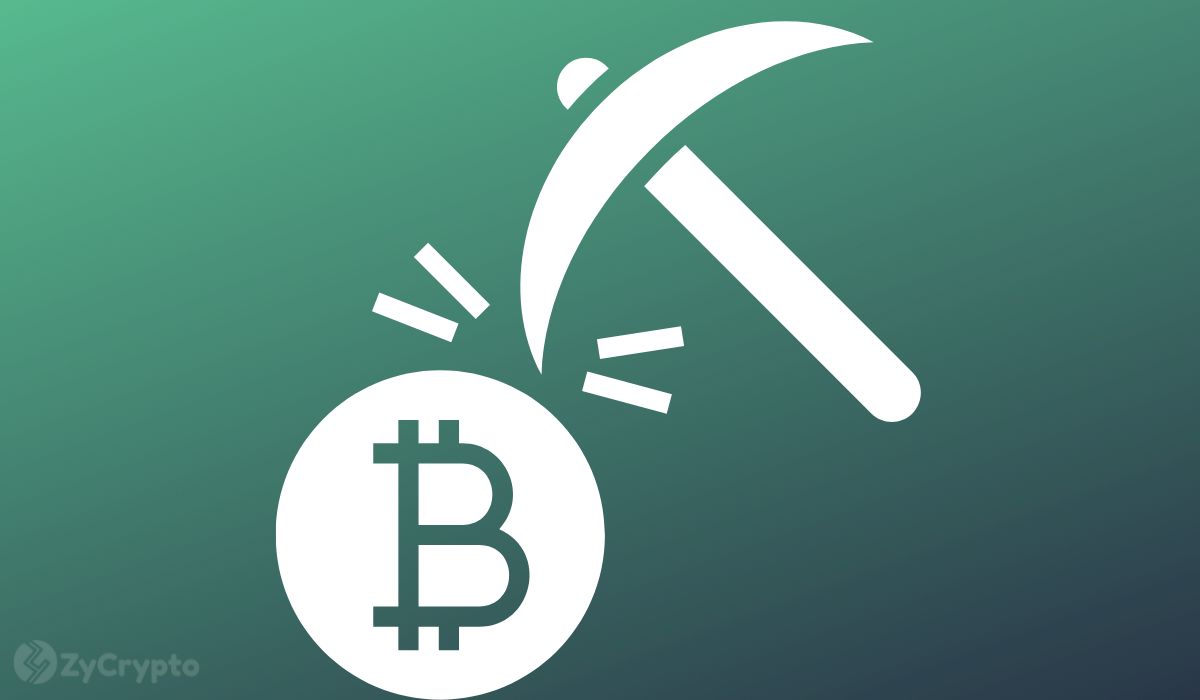2023-8-17 12:30 |
In a notable breakthrough in Bitcoin mining, UK-based Quantum Blockchain Technologies (QBT) has developed a highly promising computing method, the Message Scheduling For Cryptographic Hashing (MSFCA), designed to make Bitcoin mining significantly more efficient.
The CEO of QBT, Francesco Gardin, defined MSFCA, in its July patent application, as a “radical change” that disrupts the “fundamental BTC blockchain paradigm.”
“The new concept behind this idea disrupts, under special conditions, a fundamental BTC blockchain paradigm; computation for future blocks can take place before the previous block is mined. This is quite a radical change of the paradigm.”
As reported in a recent interview with CoinTelegraph, Gardin asserted that the firm’s innovative technology, backed by artificial intelligence, potentially offers a 260% increase in mining reward probability.
How MSFCA improves Bitcoin mining.Bitcoin mining, the process of solving complex mathematical problems to add a new block of transactions to the Bitcoin blockchain, faces the constraint that each new block cannot be attempted until the current one is completed.
The novel MSFCA method, for which QBT submitted a patent application in the UK in July of this year, breaks this sequential barrier. It allows miners to perform preliminary calculations for the next block even before the current one is fully processed, reducing the need for computational resources and energy costs.
With a unique asynchronous approach, the MSFCA doesn’t speed up the SHA-256 calculations involved in Bitcoin mining. Instead, it facilitates pre-processing or advanced computation, enabling more SHA-256 calculations on the same chip, thus accelerating the overall mining process. The implementation of MSFCA requires ASIC computer chips used in standard Bitcoin mining machines. However, QBT believes “a feasible modification of the current SHA-256 proprietary implementation being developed by QBT” is achievable.
According to the company’s estimates, the utilization of MSFCA could shrink the area of the ASIC chip used by about 8%, thereby reducing the space required for the logical gates performing the calculations. The patent application states,
“In terms of SHA-256 ASIC chip areas, the projected potential saving would be in the region of 25% for one instance of SHA256 out of the three instances involved in Bitcoin mining.
However, because of other well-known optimisation techniques, the effective potential area saving of MSFCA is estimated by the Company’s ASIC designer to be around 8% on average.”
QBT’s CEO, Francesco Gardin, in his interview with CoinTelegraph, emphasized that this disruptive method could revolutionize Bitcoin mining by allowing calculations for future blocks even before the previous ones are mined.
QBT Research and development.Earlier this year, the company hired Dr. Lov Kumar Grover, known for creating the groundbreaking ‘Grover’s Algorithm at AT&T Bell Labs; Dr. Grover is expected to bring invaluable insights to QBT’s quantum version of the SHA-256 algorithm.
Grover’s algorithm is a quantum computing algorithm that can find a specific item in an unsorted database with the roughly square root of the total number of items operations, providing a significant speedup over classical search algorithms.
This algorithm stands central to Bitcoin mining, and with Dr. Grover’s deep understanding of quantum theory and optimization, the company is increasingly optimistic about refining its algorithm.
Despite existing technological limitations such as memory chip throughput, QBT’s novel method, if successful, promises to be a game-changer for Bitcoin mining.
Gardin also told CoinTelegraph that it is also exploring avenues, including subscription, licensing, joint ventures, or outright purchase of the company and its technologies, to bring their solutions to the Bitcoin mining market.
The post AI mining method for Bitcoin increases reward chance 260% by calculating future blocks appeared first on CryptoSlate.
origin »Speed Mining Service (SMS) на Currencies.ru
|
|

















